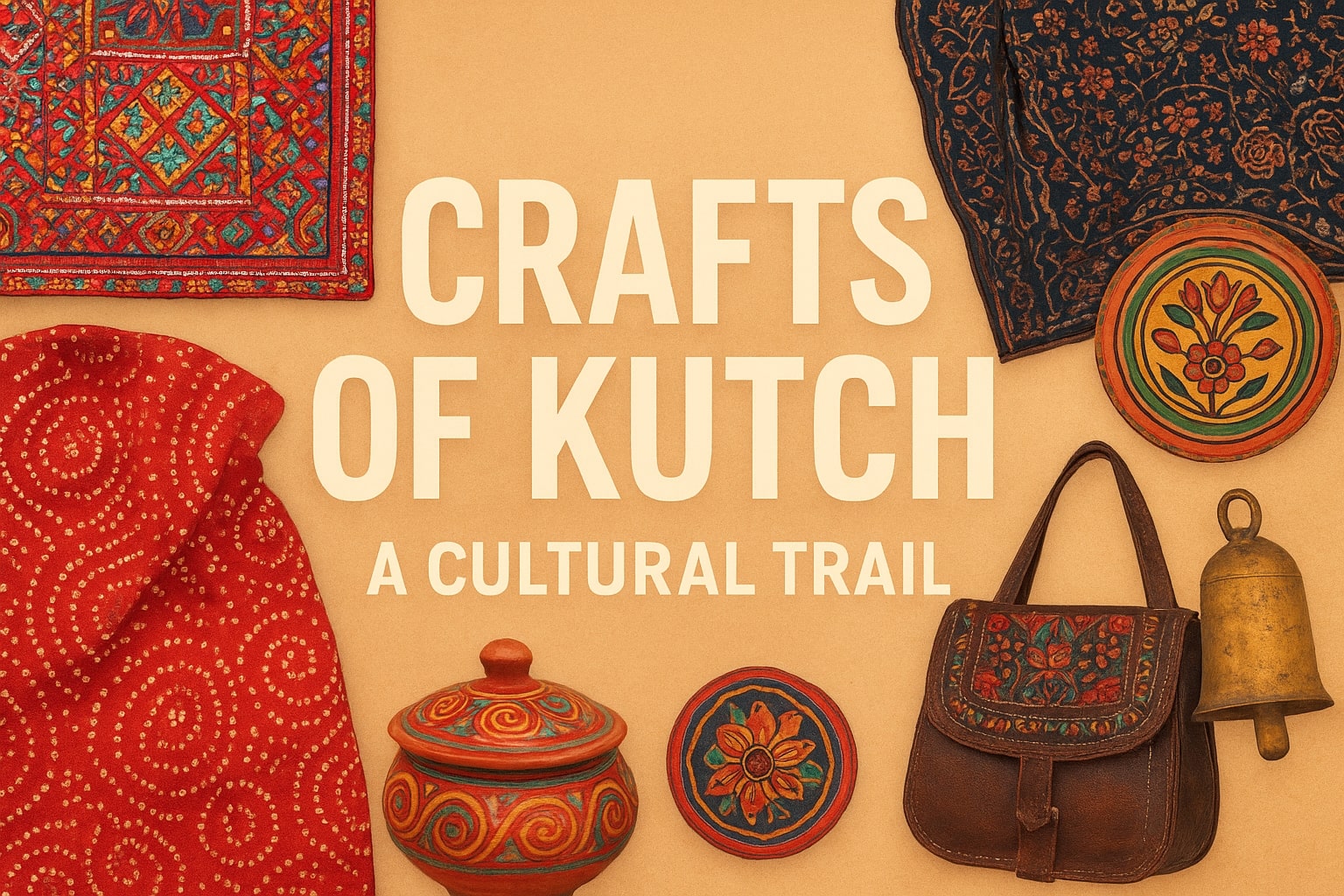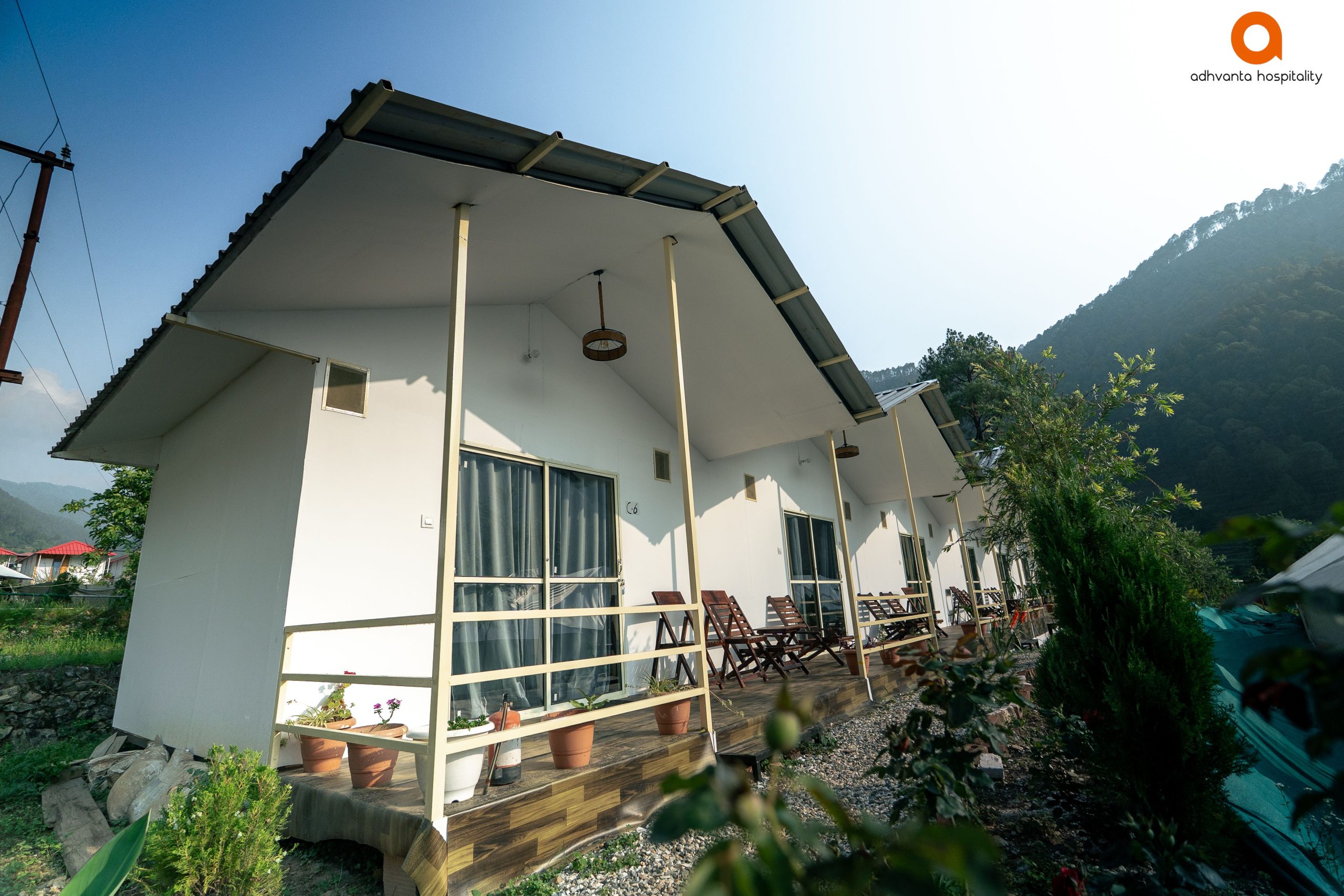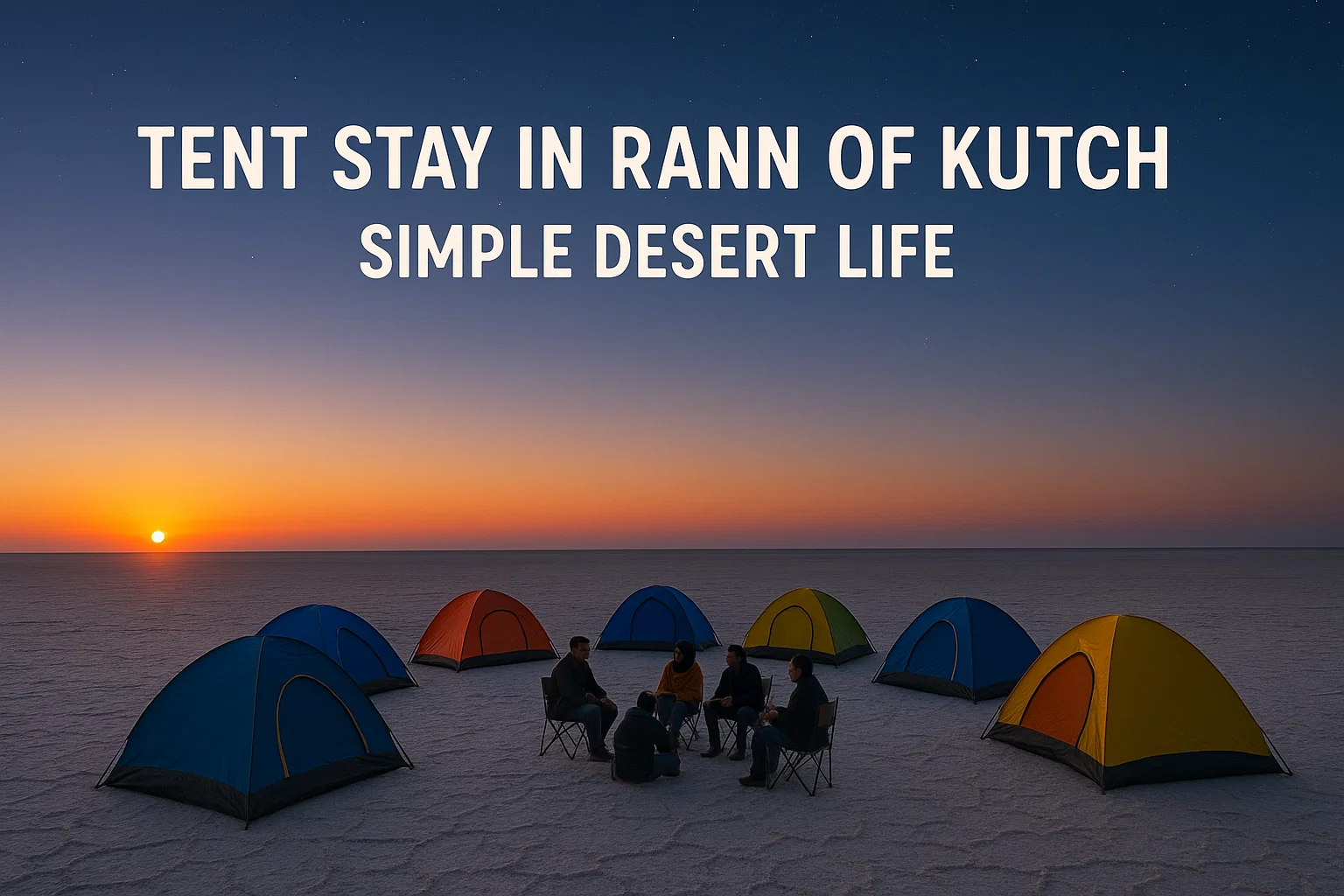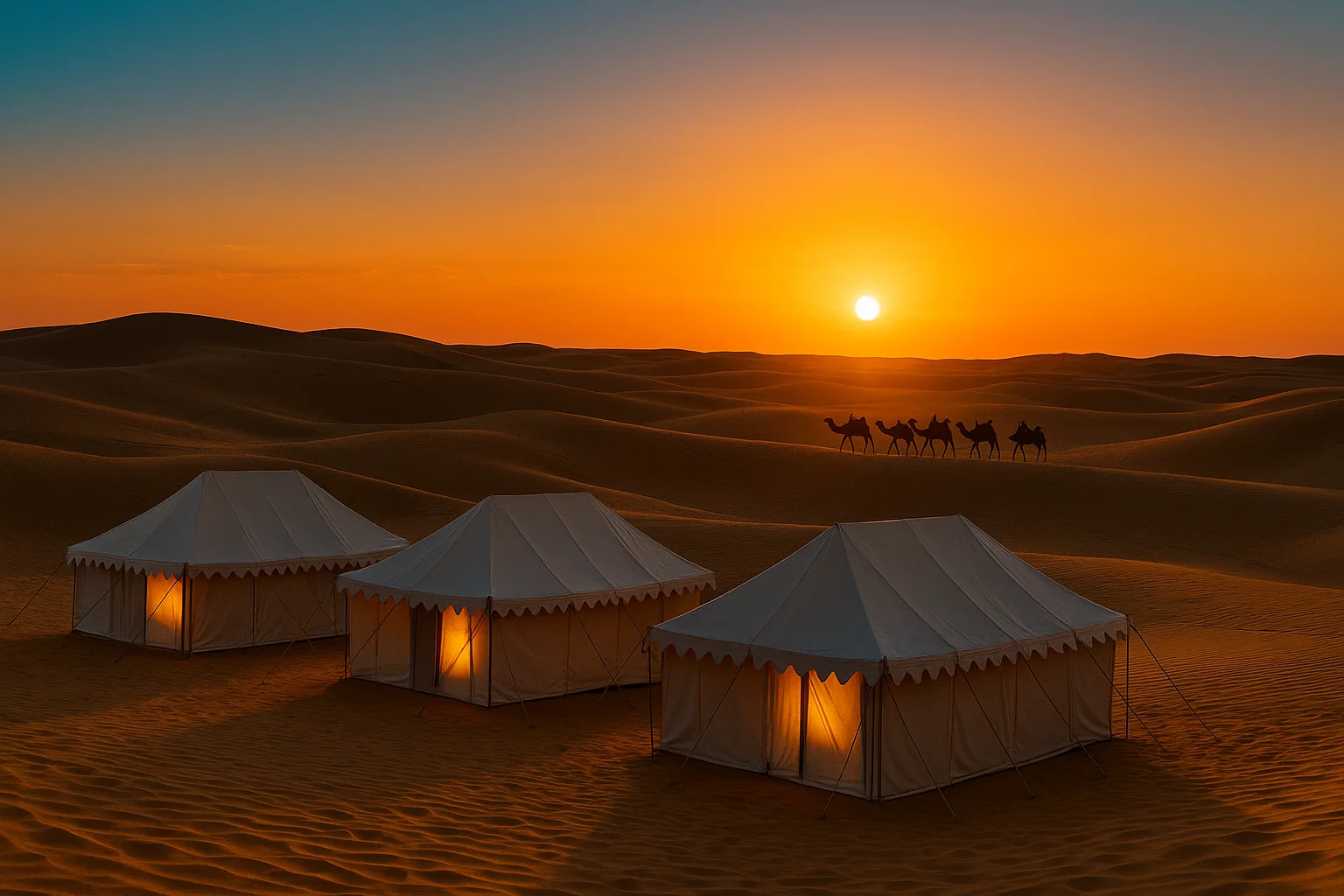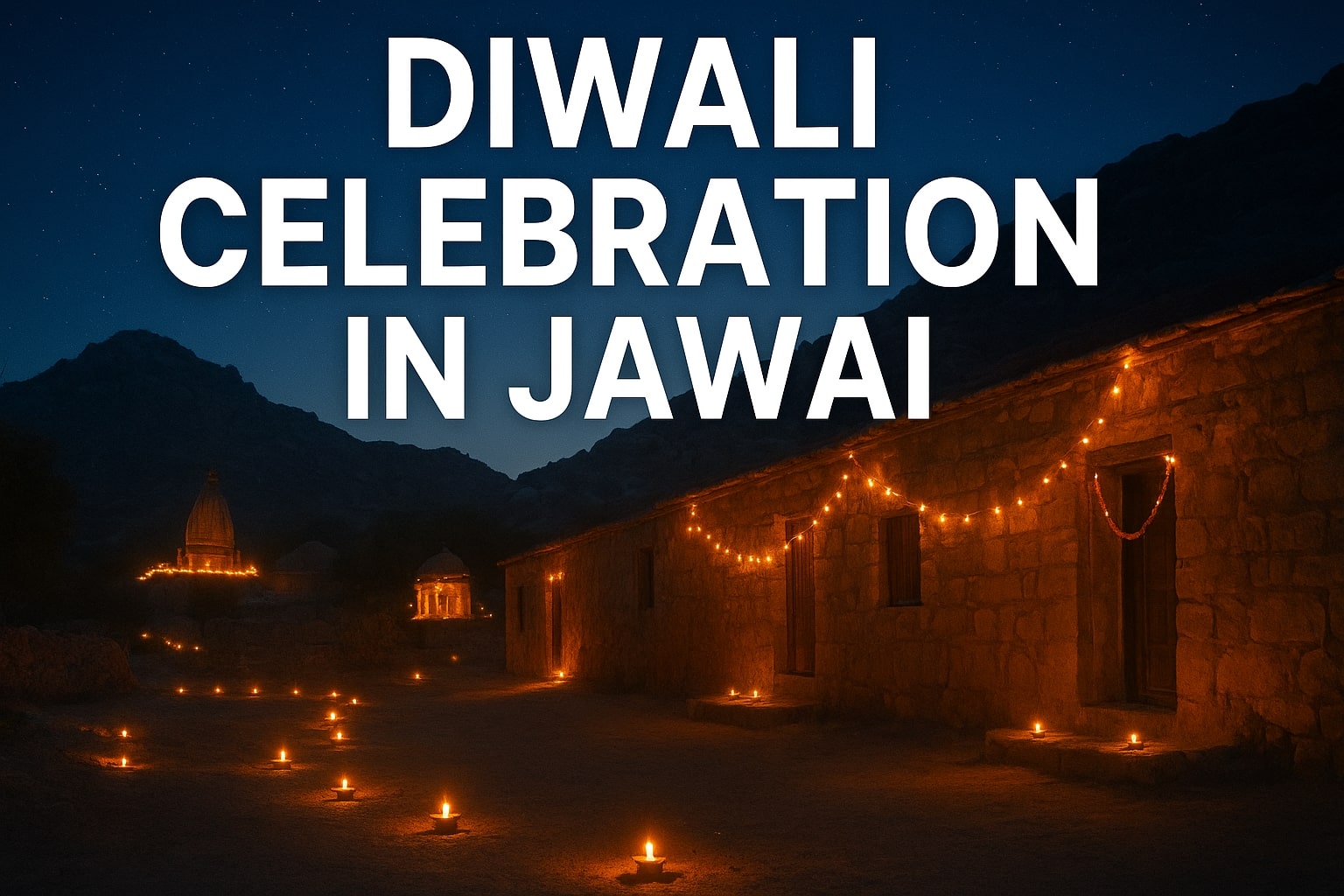Kutch, the White Desert land, is not merely renowned for its scenic splendours but also for its deep-rooted culture and antique handicrafts. Each and every nook and corner of the place narrates a tale through its colours, textures, and age-old skills inherited from generation to generation. Taking a journey on a cultural trail across Kutch is experiencing living forms of art that are as colourful as the desert.
1. Embroidery: The Threaded Heritage
Kutch embroidery is famous globally for its inimitable needlework, mirror sequins, and vivacious colors. Every community — Rabari, Ahir, Sodha, and Meghwal — possesses a unique style. Starting from traditional clothing to wall hangings and interior decoration, this embroidery brings life to every cloth.
2. Ajrakh Printing: The Art of Natural Dyes
Ajrakh, a block-printing art form that has been practiced for more than 400 years, is revered for its rich indigo, red, and black motifs. With natural colors and hand-carved wooden blocks, Ajrakhpur artisans weave exquisitely beautiful designs that represent equilibrium, rhythm, and harmony.
3. Bandhani: The Ties of Tradition
Tie-and-dye art, known as Bandhani, is an auspicious symbol in Gujarat. Fabric is knotted and dyed in bright colors in the form of complicated patterns like dots, waves, and circles. They are usually worn on weddings, festivals, and ceremonial occasions.
4. Rogan Art: Painting Without a Brush
Exclusive to the village of Nirona, Rogan art is a precious art form wherein design patterns are painted with a paste made from castor oil. Without brushes, a stylus is employed to hand-paint freehand flowers, trees, and geometric patterns. This 400-year-old tradition is today internationally renowned as one of India’s rarest art forms.
5. Leather Craft: Strength with Style
Kutch leather workers turn camel skin into exquisite yet functional things such as shoes, bags, belts, and ornaments. Most of these are done using embroidery and mirror work and are both long-lasting and fashionable.
6. Lacquer Work: Swirls of Color
Also done in Nirona, lacquer work entails using natural resin on wooden items such as toys, utensils, and furniture. The craftsman spins the wood on a hand lathe as he puts on colorful patterns that create stunning spirals.
7. Bell Making: The Music of the Desert
The Kutch copper bell craftsmen, especially from Nirona and Zura villages, make musical bells without welding. Every bell is manually tuned to create its own distinct sound. Initially used as a means of cattle identification, the bells are now prized as rustic ornaments and collectibles globally.
Conclusion
The artisans of Kutch are not souvenirs; they are traditions in the making and have the soul of the desert in them. A cultural walk around these villages allows you not only to watch these treasures being created but also to connect you with the people who preserve the heritage.

